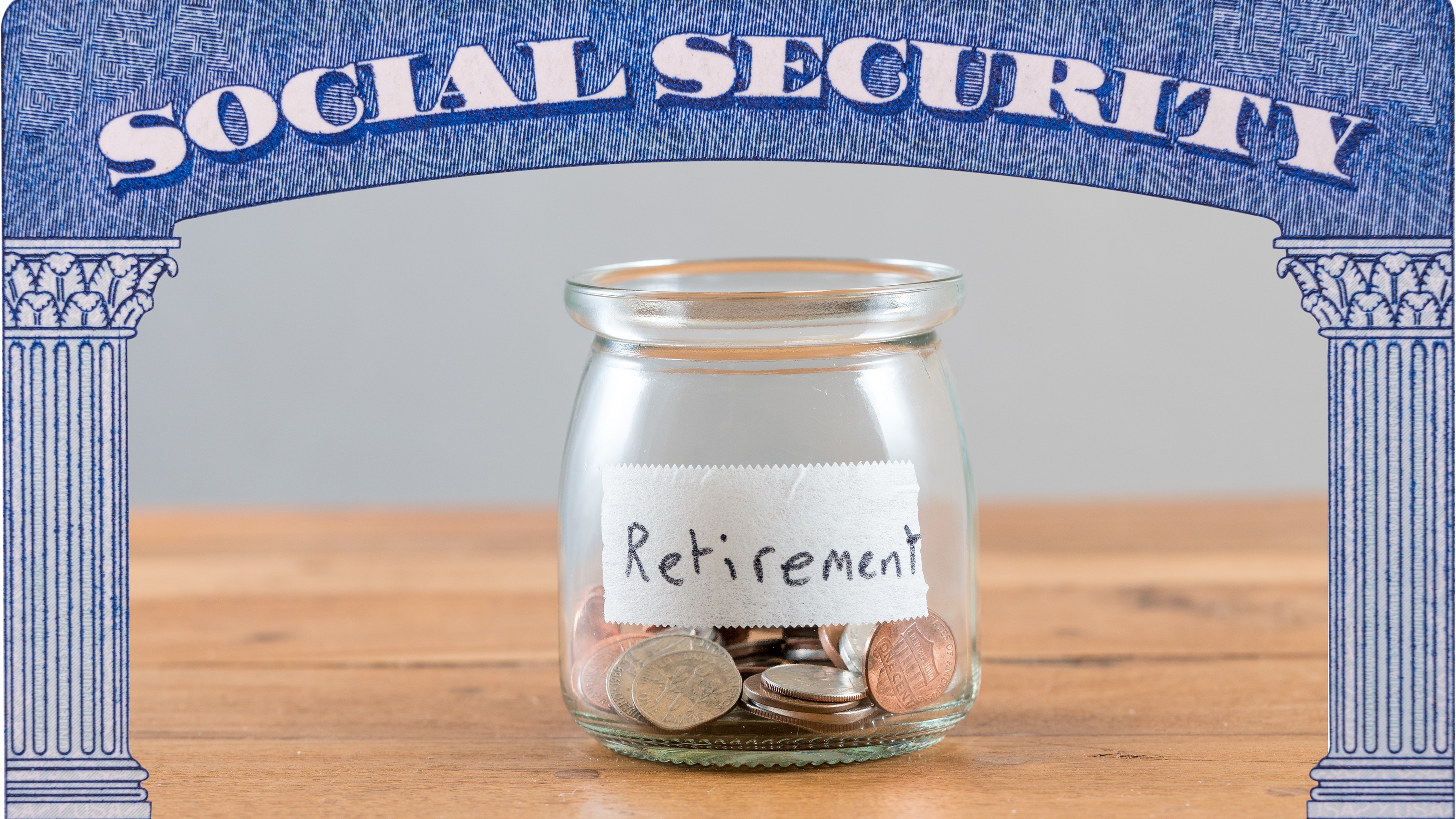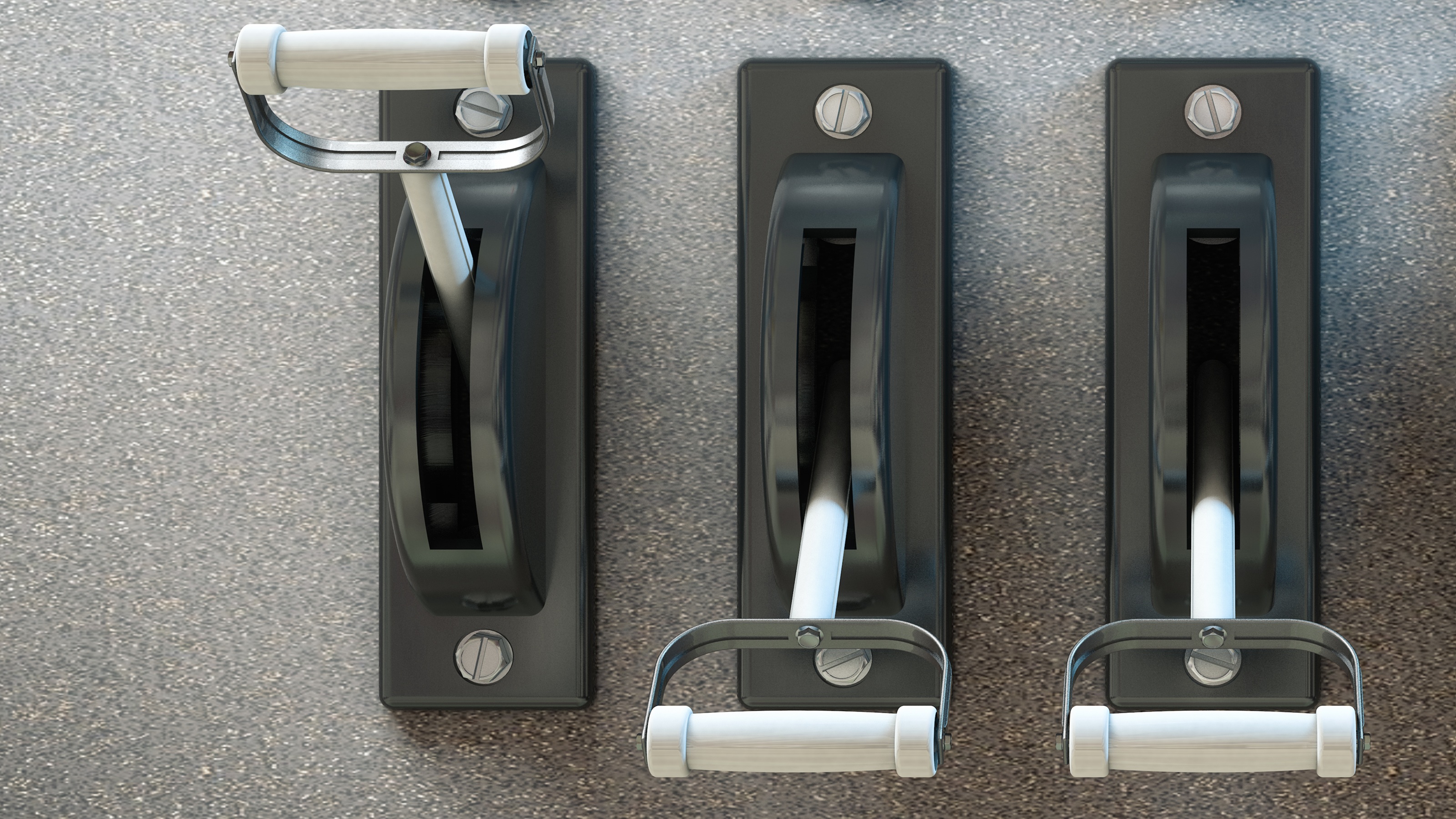Here’s a Way to Save Social Security and Defer RMDs
People who don’t need Social Security benefits could opt out of receiving them in exchange for not being forced to take required minimum distributions.


While Social Security benefits are not going away, there are concerns about the system’s solvency. In fact, according to a 2022 Nationwide Retirement Institute survey, 70% of Americans worry that the Social Security program will run out of funding in their lifetimes. And these worries may have merit. If the assumptions of the trustees of the Social Security and Medicare trust funds are correct, by 2033, Social Security will be able to pay out only 77% of scheduled benefits.
But what if there was an easy way to get people who really don’t need Social Security to suspend their Social Security benefits, which would help preserve the program for those who need it most and possibly preserve Social Security as we know it indefinitely?
As conversations around these challenges are picking up in the U.S. Senate, this article presents a legislative proposal called the RMD Option (The Option) Act, which could potentially preserve Social Security indefinitely. Most seniors age 70 and above, of whom there are more than 25 million, receive monthly Social Security payments.
From just $107.88 $24.99 for Kiplinger Personal Finance
Be a smarter, better informed investor.

Sign up for Kiplinger’s Free Newsletters
Profit and prosper with the best of expert advice on investing, taxes, retirement, personal finance and more - straight to your e-mail.
Profit and prosper with the best of expert advice - straight to your e-mail.
Many of those people are also required by law to take distributions from their tax-deferred accounts (the required minimum distribution, or RMD), solely because the government wants to treat these distributions as income and thus make them subject to income tax. Many of them would happily suspend their Social Security payments in return for being allowed to defer their RMDs.
Many affluent people would be comfortable in retirement without Social Security benefits if they weren’t forced to artificially inflate their taxable income by taking RMDs. They don’t worry about running out of money, but they do worry about being artificially taxed. And in that context, RMDs can create substantial tax liabilities.
Suddenly, at the age of 73, some retirees could go from a 12% tax bracket to a 24% bracket, or from a 24% to a 32%, and they’re stuck with it. Furthermore, this RMD-forced jump in taxable income can cause their Medicare withholdings (another stealth tax) to double or triple. But The Option could give them a meaningful tax-reduction opportunity. We believe that, once elected, many retirees would stay on The Option for the rest of their lives because they’d be saving more in taxes annually than their Social Security benefits would provide. That would mean more money in their portfolios and more for their heirs.
The overarching benefit of the plan is that, if a significant number of people choose to defer or end their Social Security payments, Social Security’s viability would improve. There would be many billions more for the Old-Age and Survivors Insurance (OASI) Trust Fund, which is the fund that the U.S. Treasury uses to pay out Social Security benefits.
With the RMD Option Act, “option” is the operative word because it would be a completely voluntary program. And if, after a year, those who opted in wanted to go back to the traditional system, their Social Security payments would resume at the level at which they were suspended, eliminating any cost-of-living adjustments (COLA) that occurred during the suspension, and their RMDs would also resume.
Administering the RMD Option Act
Choosing The Option would be simple. All a person would need to do is go to the Social Security website and choose what they want to do. They would be immediately informed that proceeding would result in their current Medicare withholdings being frozen for the duration of the suspension. Medicare premiums would no longer be withheld from the Social Security payment, and the person would need to elect their out-of-pocket payment method. (The majority of people pay the standard part B monthly premium: $164.90 in 2023.)
After one year, if they wanted, they could end their participation in The Option and restart Social Security payments. Having that choice provides a built-in safety net. The risk of choosing The Option would be no greater than any other financial decision.
The Act’s Effect on Taxable Income and Income Tax Revenue
For most financially well-off taxpayers, 85% of their Social Security is taxed at their marginal bracket. Under The Option, a person’s taxable income would drop by the amount of their RMDs plus 85% of the amount of their suspended Social Security payments. These two reductions in income could significantly lower the individual’s taxable income. And that could open the door to an array of tax mitigation strategies that many don’t consider due to artificially high tax brackets in retirement.
Of course, all the money held in tax-deferred accounts subject to RMDs would still be subject to income taxes when withdrawn. While taxing would be delayed until the money was withdrawn, under The Option, as the account grew, there would likely be more money subject to tax than otherwise. But remember that tax-deferred accounts and Social Security are both assigned to individuals and are not on a joint basis. One spouse could receive Social Security payments while the other took advantage of The Option.
According to the 2019 SECURE Act, many beneficiaries who inherit the pre-tax accounts mentioned must have these accounts fully distributed within 10 years. All distributions will be subject to income tax. If individuals with large tax-deferred accounts were not forced to start taking RMDs at age 73, the invested funds could potentially grow throughout their retirement years, resulting in exponentially larger accounts being left to heirs.
Once again, this means more tax revenue through the forced 10-year distribution period.
Who Would Be Good Candidates for the RMD Option Act?
As income goes higher, the desirability of The Option increases. Those who save consistently would give it more serious consideration. Higher earners are also likely to receive larger Social Security payments, but find the need for Social Security payments less necessary. The “sweet spot,” so to speak, for The Option are individuals age 70 and older who receive Social Security payments and have taxable income above $100,000, consisting primarily of RMDs and Social Security payments.
Through a simple cost-benefit analysis, anyone can easily see if this proposal would be beneficial. The cost would be Social Security payments, although the word “cost” is a bit of a misnomer. If a person chose The Option, their taxable income would drop by the amount of their Social Security payment plus their RMD. The benefit would be the deferral of the RMD and Social Security taxes, which can be expressed as (RMD + .85 X SS) x MTR (marginal tax rate). If the cost is less than the benefit, one might choose The Option. The Option is most likely financially beneficial if SS < (RMD + .85 X SS) x MTR.
Of course, personal finances are indeed personal, not just mathematical. Some with much lower RMDs may feel that the benefits of having a tax-sheltered account for the rest of their lives exceeds the benefits of Social Security payments. Others may like the security of receiving Social Security payments even though they may be better off financially choosing the RMD Option. Once again, this reinforces the importance of optionality.
Because of the mechanics of RMDs, as people get older, the amount that the government requires them to take as a distribution from their tax-deferred accounts continues to increase, making The Option look even more appealing. There should be few cases of dropping The Option once a person has chosen it. And by choosing to forgo annual Social Security payments, it very well could strengthen the solvency of the Social Security program.
John Jensik and Dan Dunkin contributed to this article.
The appearances in Kiplinger were obtained through a PR program. The columnist received assistance from a public relations firm in preparing this piece for submission to Kiplinger.com. Kiplinger was not compensated in any way.
Profit and prosper with the best of Kiplinger's advice on investing, taxes, retirement, personal finance and much more. Delivered daily. Enter your email in the box and click Sign Me Up.

Chris Heerlein, author of "Money Won't Buy Happiness - But Time to Find It," is an Investment Adviser Representative and partner at REAP Financial LLC.
-
 Five Downsides of Dividend Investing for Retirees
Five Downsides of Dividend Investing for RetireesCan you rely on dividend-paying stocks for retirement income? You'd have to be extremely wealthy — and even then, the downsides could be considerable.
-
 Dow, S&P 500 Slip on December Rate Cut Worries, Nvidia Boosts Nasdaq: Stock Market Today
Dow, S&P 500 Slip on December Rate Cut Worries, Nvidia Boosts Nasdaq: Stock Market TodayNvidia became the first company ever to boast a $5 trillion market cap, but it wasn't enough to lift the Dow and the S&P 500.
-
 Five Downsides of Dividend Investing for Retirees, From a Financial Planner
Five Downsides of Dividend Investing for Retirees, From a Financial PlannerCan you rely on dividend-paying stocks for retirement income? You'd have to be extremely wealthy — and even then, the downsides could be considerable.
-
 I'm a CPA: Control These Three Levers to Keep Your Retirement on Track
I'm a CPA: Control These Three Levers to Keep Your Retirement on TrackThink of investing in terms of time, savings and risk. By carefully monitoring all three, you'll keep your retirement plans heading in the right direction.
-
 Debunking Three Myths About Defined Outcome ETFs (aka Buffered ETFs)
Debunking Three Myths About Defined Outcome ETFs (aka Buffered ETFs)Defined outcome ETFs offer a middle ground between traditional equity and fixed-income investments, helping provide downside protection and upside participation.
-
 This Is Why Judge Judy Says Details Are Important in Contracts: This Contract Had Holes
This Is Why Judge Judy Says Details Are Important in Contracts: This Contract Had HolesA couple's disastrous experience with reclaimed wood flooring led to safety hazards and a lesson in the critical importance of detailed contracts.
-
 A Lesson From the School of Rock (and a Financial Adviser) as the Markets Go Around and Around
A Lesson From the School of Rock (and a Financial Adviser) as the Markets Go Around and AroundIt's hard to hold your nerve during a downturn, but next time the markets take a tumble, remember this quick rock 'n' roll tutorial and aim to stay invested.
-
 I'm a Financial Pro: This Is How You Can Guide Your Heirs Through the Great Wealth Transfer
I'm a Financial Pro: This Is How You Can Guide Your Heirs Through the Great Wealth TransferFocus on creating a clear estate plan, communicating your wishes early to avoid family conflict, leaving an ethical will with your values and wisdom and preparing them practically and emotionally.
-
 To Reap the Full Benefits of Tax-Loss Harvesting, Consider This Investment Strategist's Steps
To Reap the Full Benefits of Tax-Loss Harvesting, Consider This Investment Strategist's StepsTax-loss harvesting can offer more advantages for investors than tax relief. Over the long term, it can potentially help you maintain a robust portfolio and build wealth.
-
 Social Security Wisdom From a Financial Adviser Receiving Benefits Himself
Social Security Wisdom From a Financial Adviser Receiving Benefits HimselfYou don't know what you don't know, and with Social Security, that can be a costly problem for retirees — one that can last a lifetime.